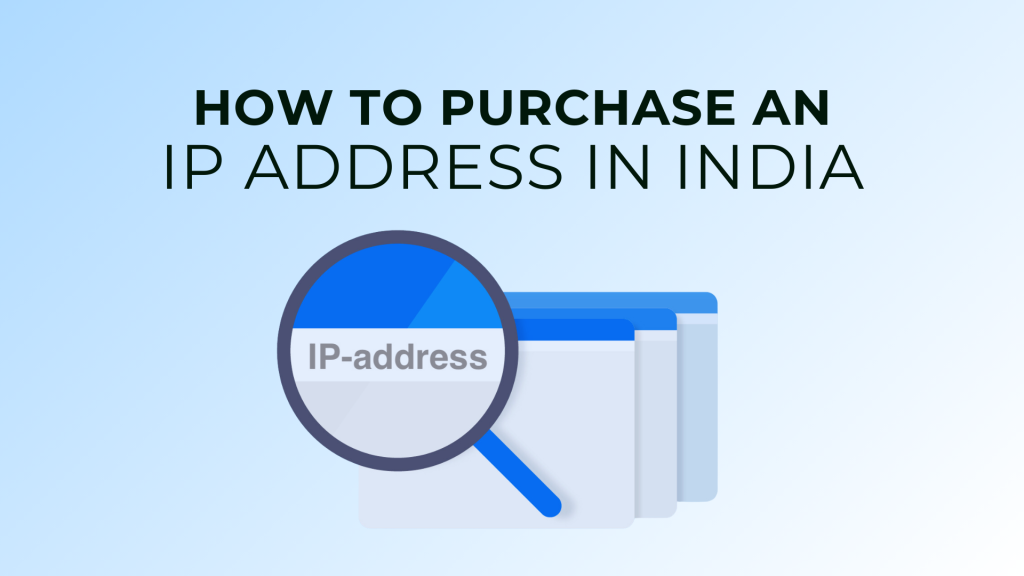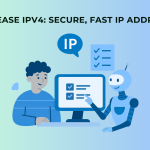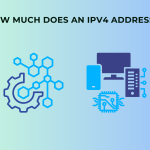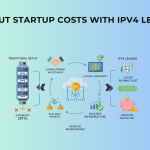Obtaining an IP address in India involves several options, catering to both businesses and individuals. This guide outlines the various avenues for acquiring IP addresses and provides insights into making informed decisions based on specific needs.
Understanding IP Addresses
Before delving into the acquisition process, it’s crucial to understand the two primary types of IP addresses:
- Static IP Address: A fixed IP address that remains constant. It is often required for servers, remote access, or specific applications.
- Dynamic IP Address: An IP address that changes each time you connect to the internet. This is the most common type and is usually assigned by your Internet Service Provider (ISP).
Purchasing a Static IP Address
If you require a static IP address, consider the following options:
1. Obtain IP Addresses from an Internet Service Provider (ISP)
- Contact Your ISP: Most ISPs in India offer static IP addresses as part of their internet service packages for businesses. Reach out to them to explore options.
- Check Availability and Pricing: Inquire about the cost, which can vary from a few hundred to a few thousand Indian Rupees per IP address per month, and any additional requirements.
- Request Activation: Once you’ve agreed to the terms, your ISP will assign you a static IP address.
2. Using a VPN Service
- Choose a VPN Provider: Some VPN services offer dedicated IP addresses.
- Select an Indian IP Address: Ensure the provider offers Indian IP addresses.
- Subscribe to the Service: Pay for the VPN service, including the dedicated IP add-on.
3. Purchasing from a Third-Party Provider
- Research Providers: There are specialized providers that offer static IP addresses.
- Compare Plans and Pricing: Evaluate different options based on your needs and budget.
- Complete the Purchase: Follow the provider’s process to acquire the IP address.
Acquiring IP Addresses for Large Organizations
For organizations needing large blocks of IP addresses, the process involves more complex steps:
1. Acquire IP Addresses from an Internet Registry
- Internet Registries (e.g., APNIC): Companies can directly obtain IP addresses from Internet Registries like the Asia-Pacific Network Information Centre (APNIC).
- Apply for IP Address Blocks: This process involves applying for and registering IP address blocks. APNIC charges fees based on the IP address block size, with initial allocation and annual renewal fees generally ranging from a few hundred to a few thousand US dollars.
2. Purchasing on the Secondary Market
- Purchase Unused or Decommissioned IP Addresses: Businesses can purchase these IP addresses from other organizations in the secondary market.
- Costs: Prices vary widely, from a few hundred to tens of thousands of Indian Rupees per IP address, depending on factors like IP address type and scarcity.
Important Considerations
- Purpose: Clearly define why you need an IP address. This will help determine the best option for you.
- Cost: Compare prices from different providers to get the best deal.
- Additional Fees: Be aware of any setup fees, monthly charges, or other costs.
- Support: Consider the level of technical support offered by the provider.
Consult with Specialists
To determine the best approach, consulting with IT or networking specialists can be beneficial. They can assess your specific requirements, such as the number of IP addresses needed and your budget.
Conclusion
Choosing the right method to obtain an IP address in India depends on your specific needs and circumstances. Whether you require a single static IP for business purposes or a large block for organizational use, understanding the available options and associated costs is crucial for making an informed decision.
For those seeking quick and efficient IP address acquisition, consider services like Pacific Connect to secure IP addresses in just 48 hours, enhancing your connectivity seamlessly.






